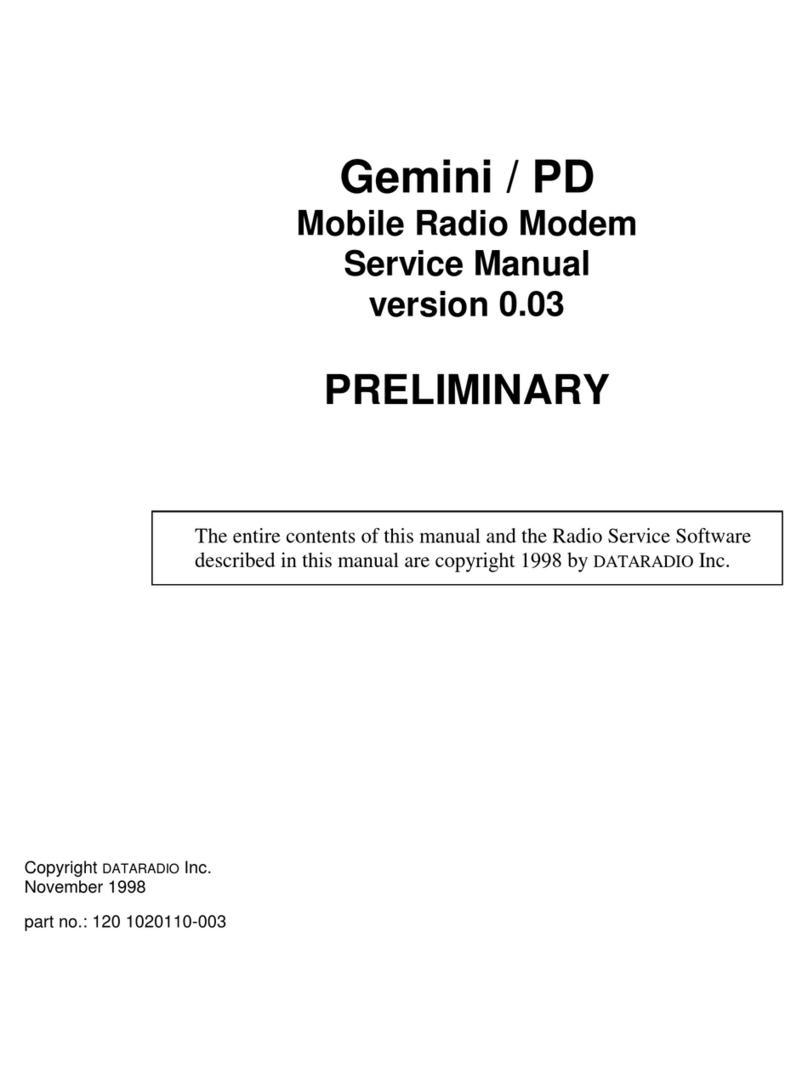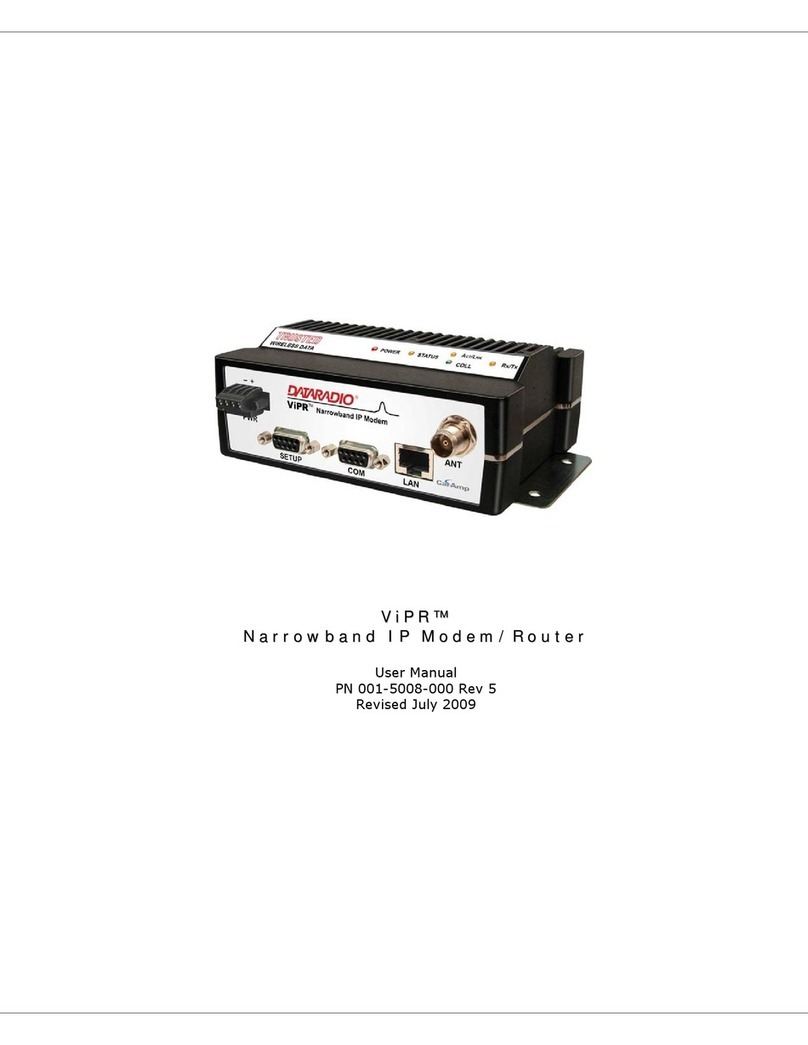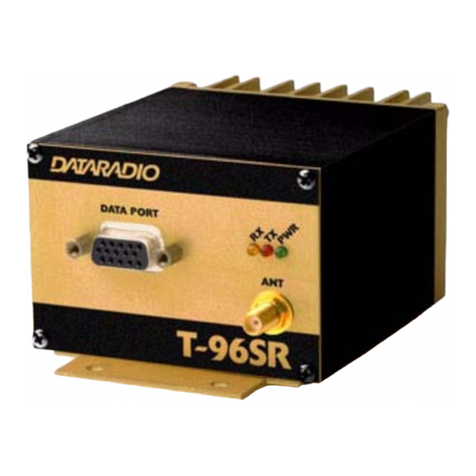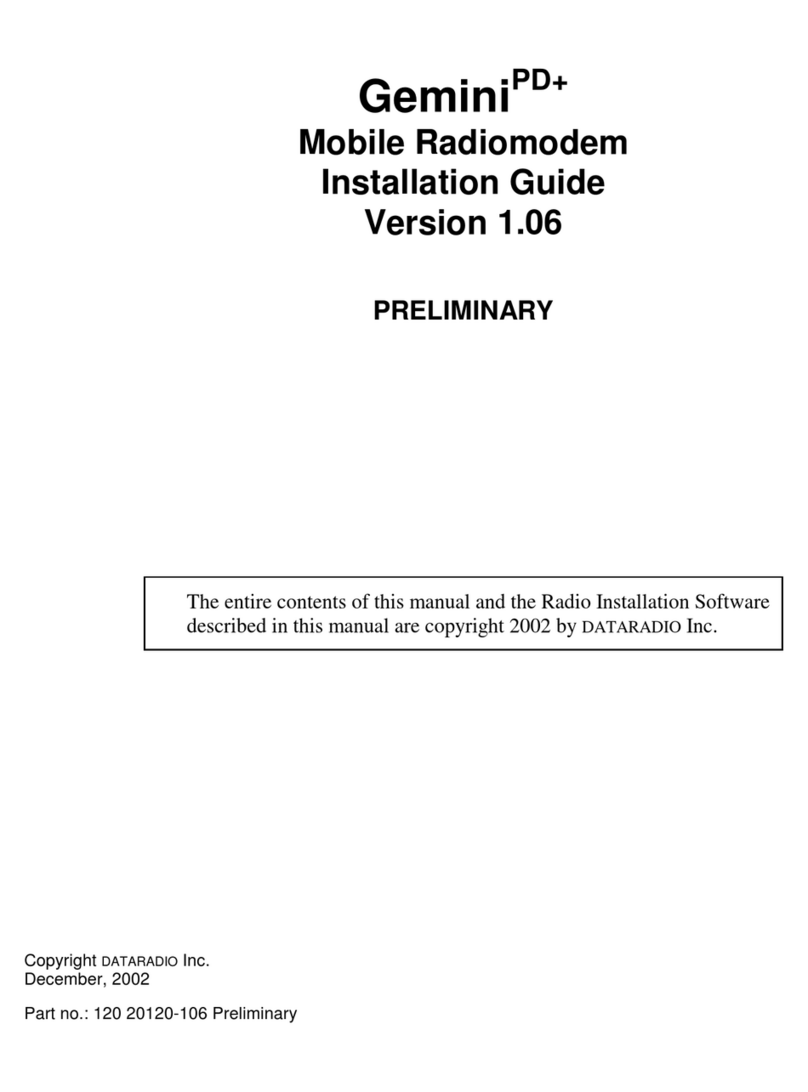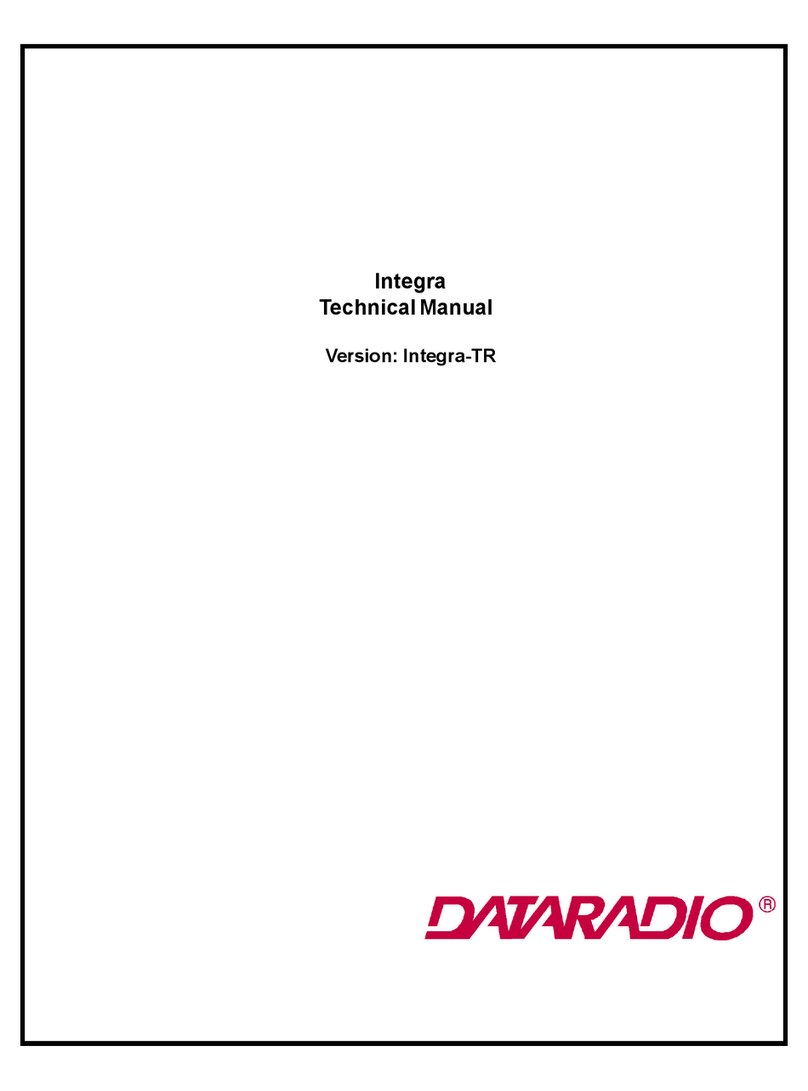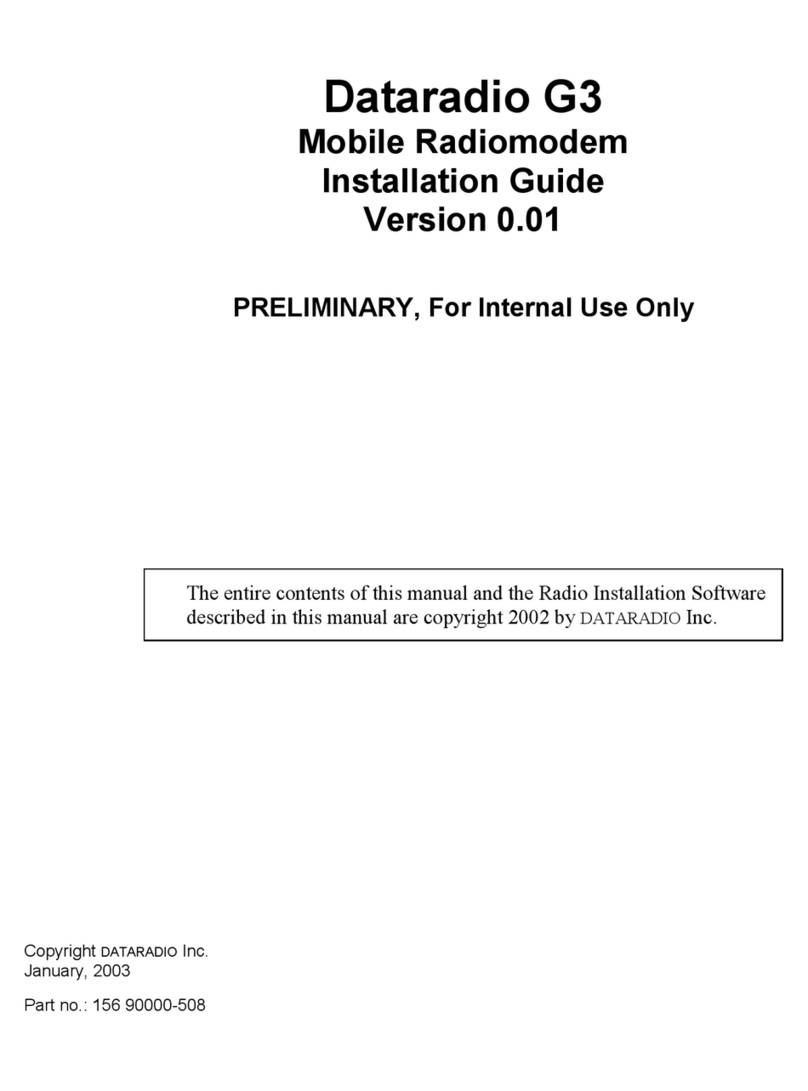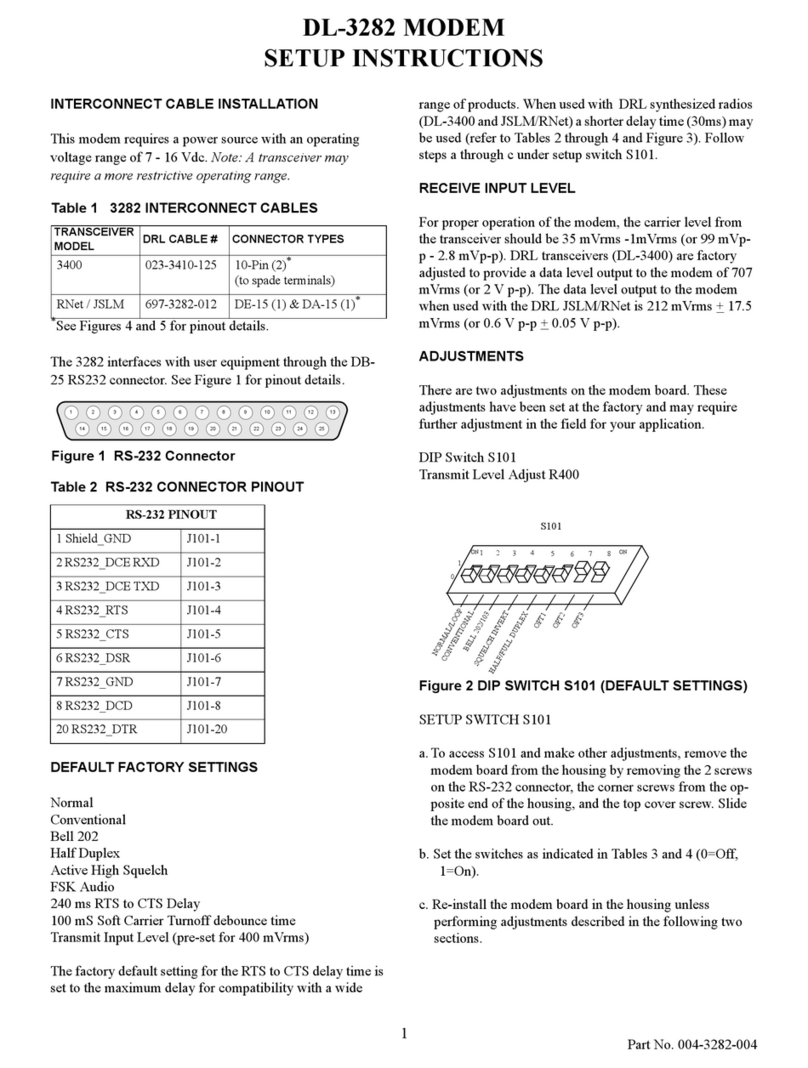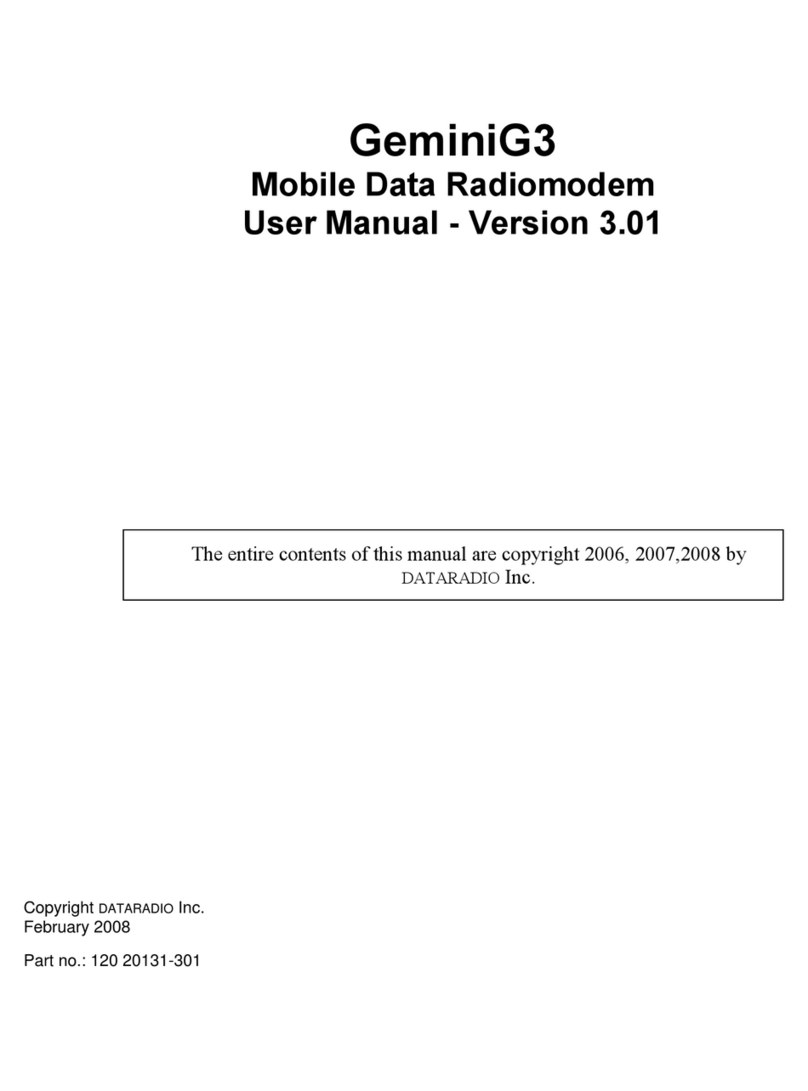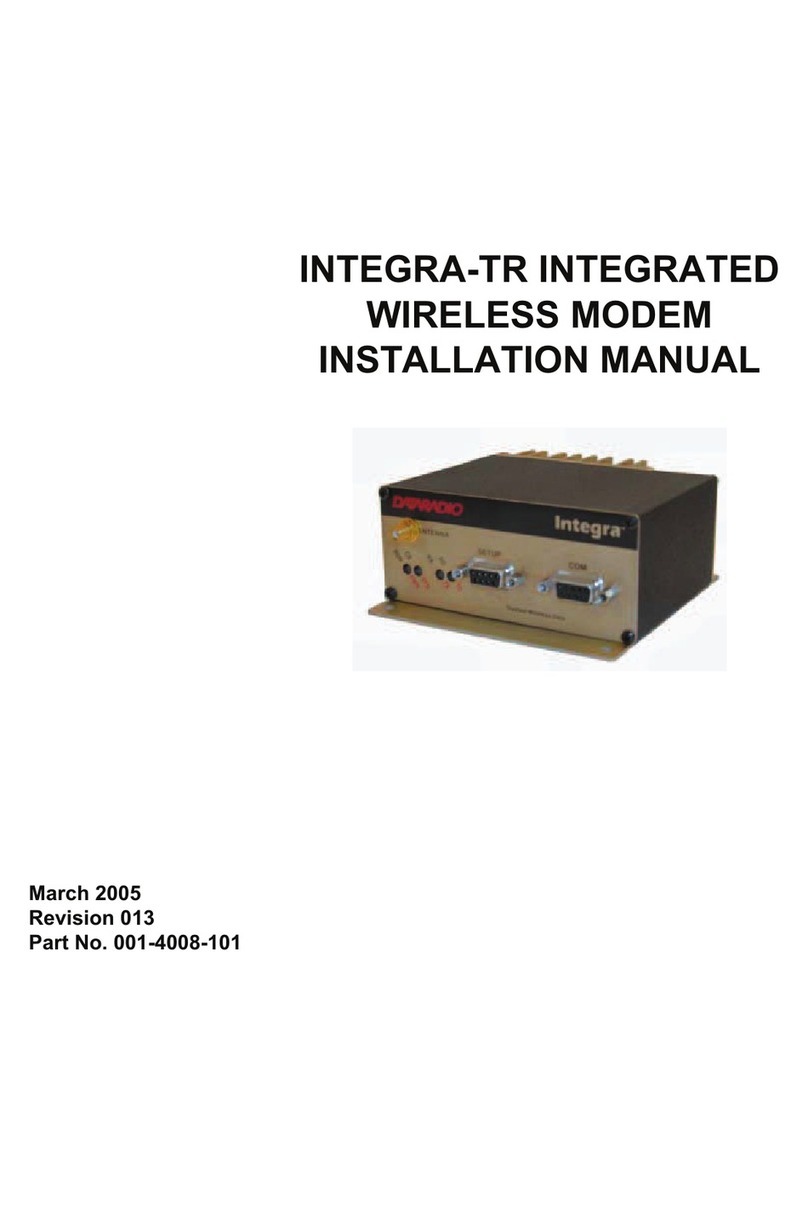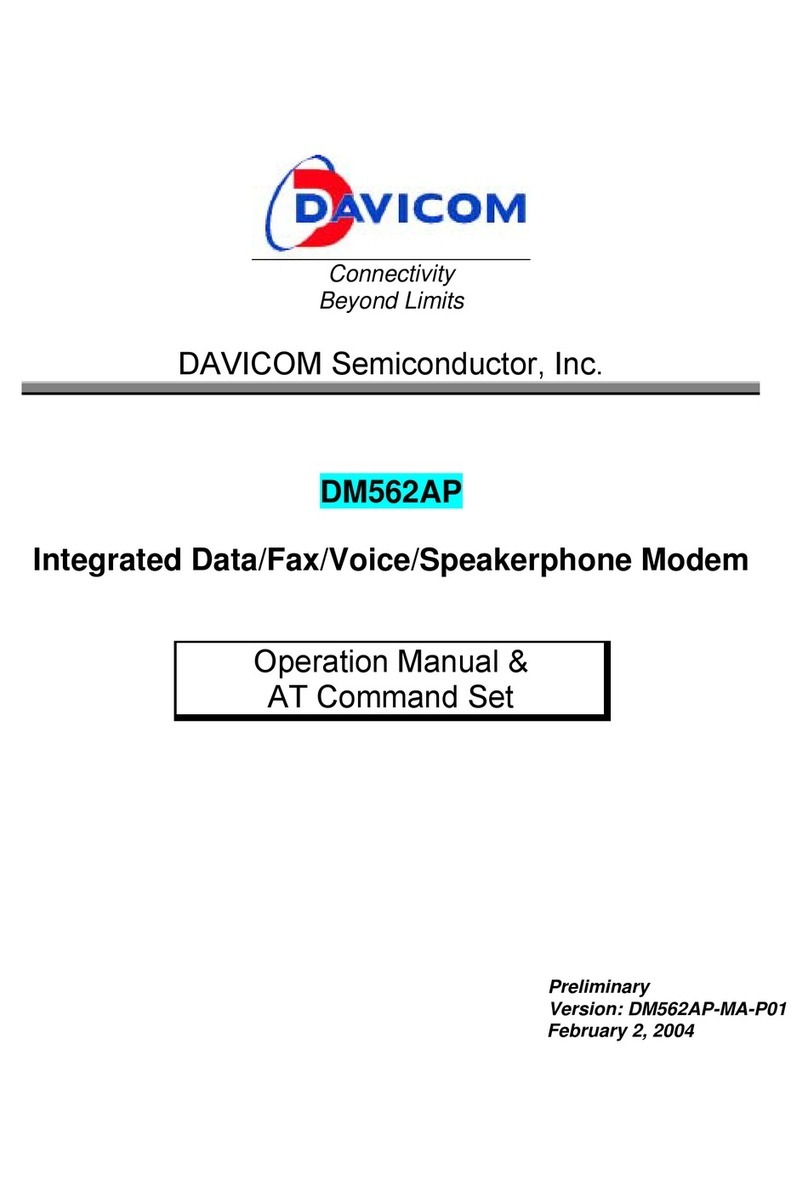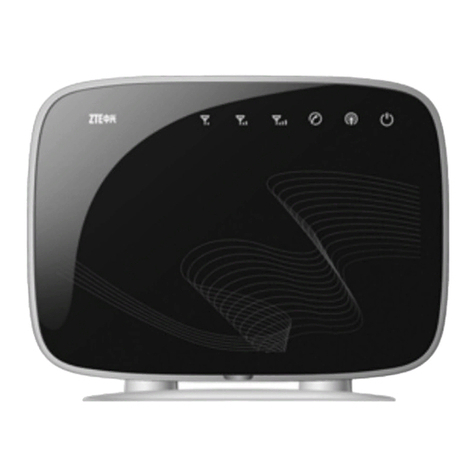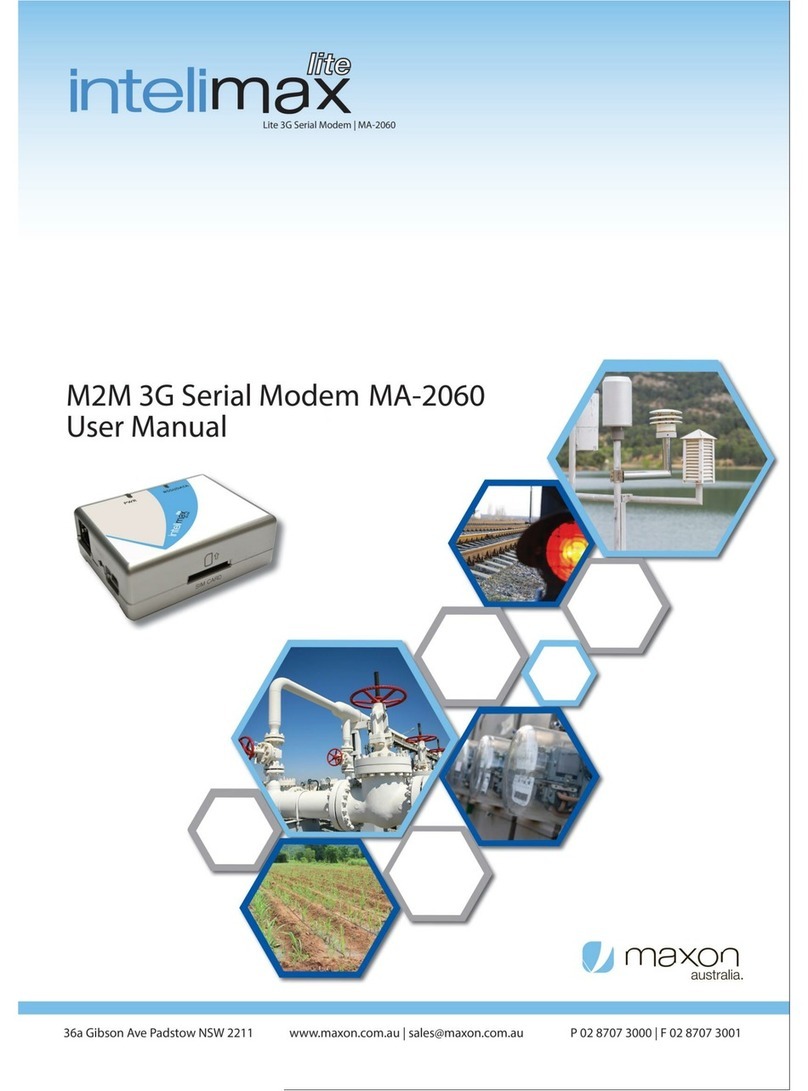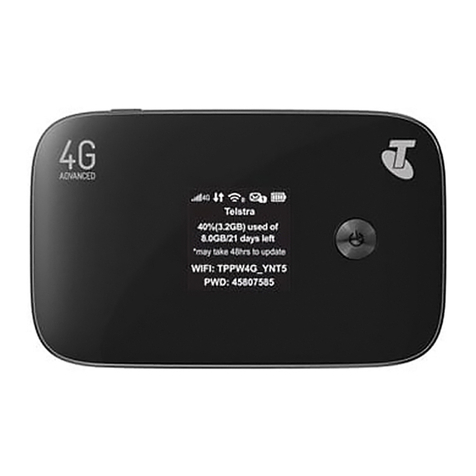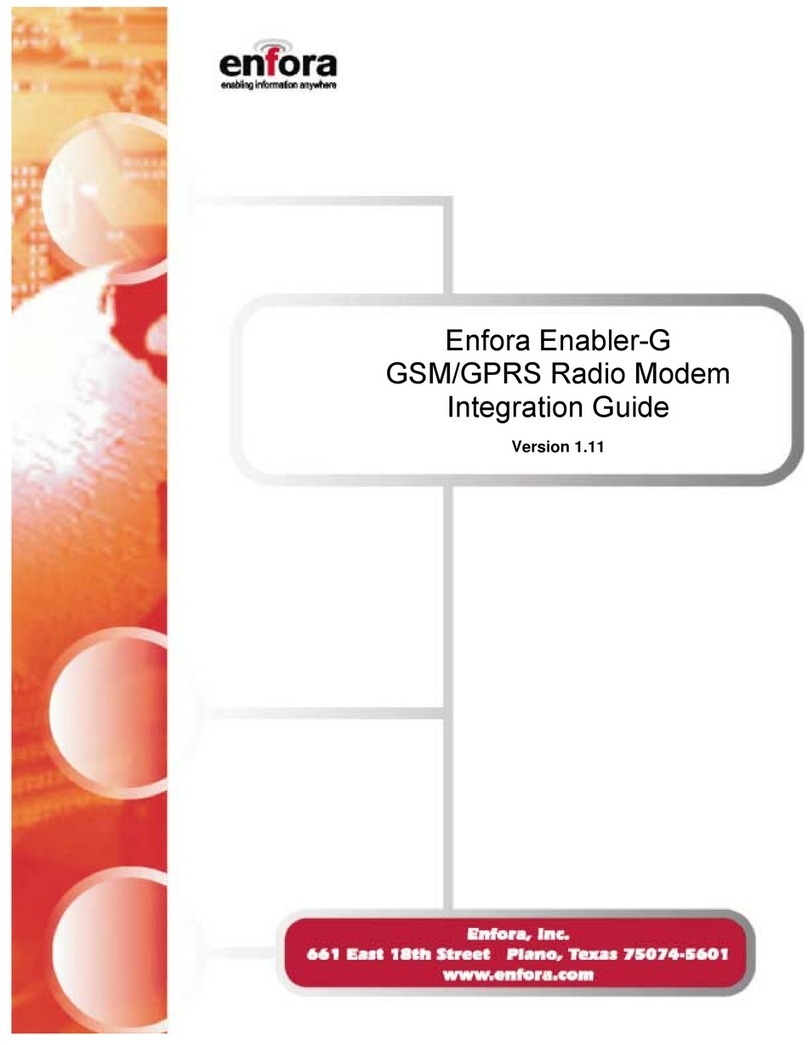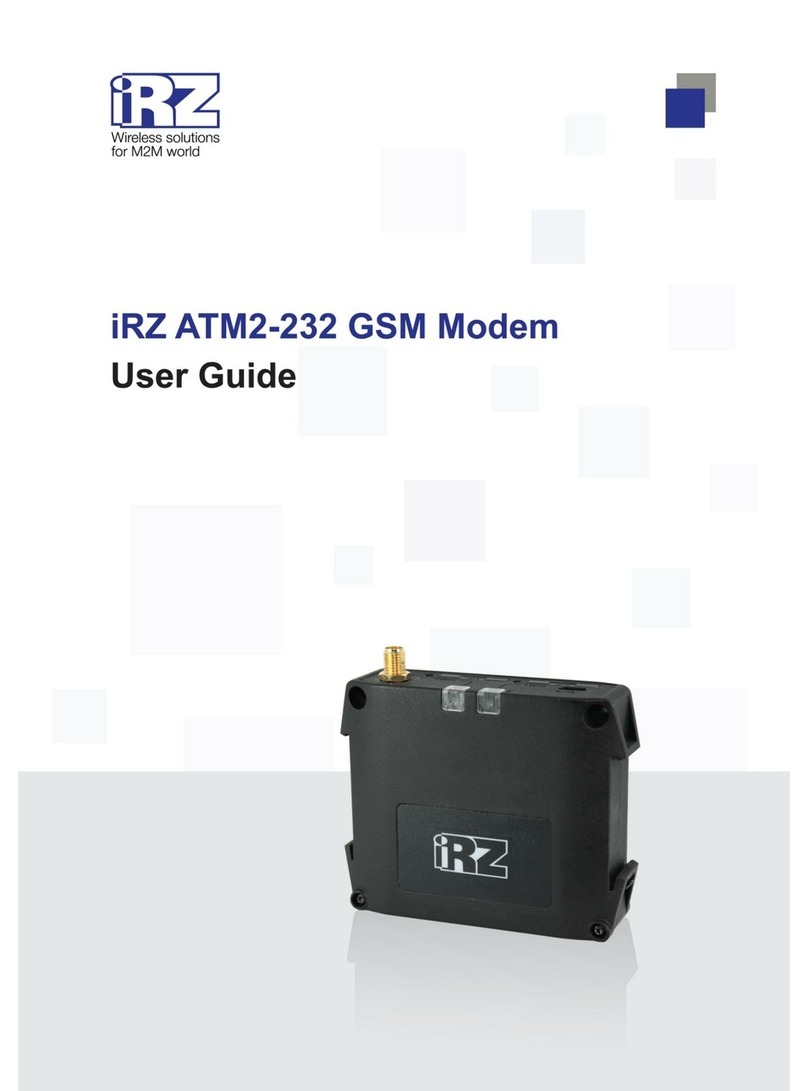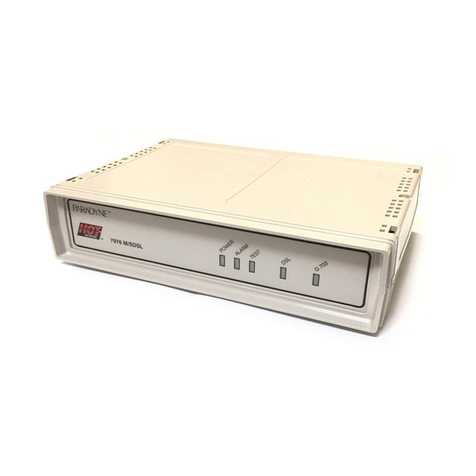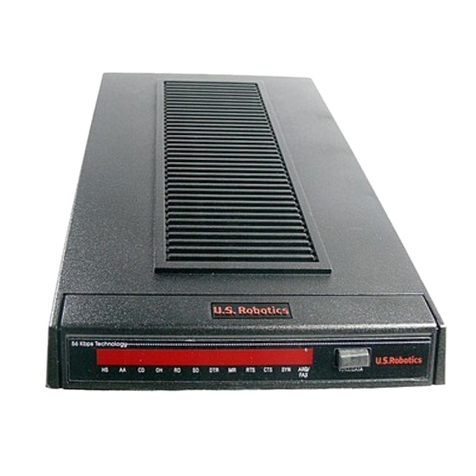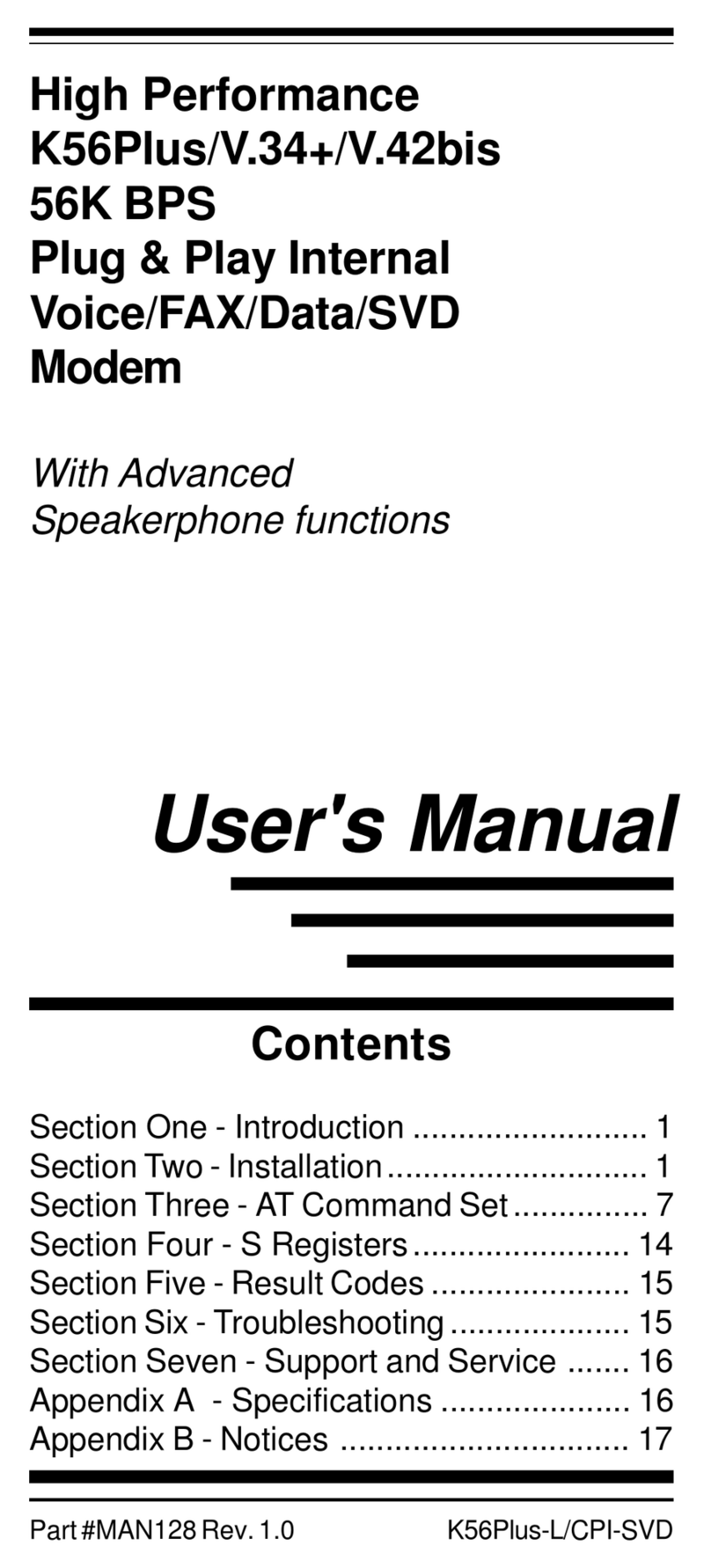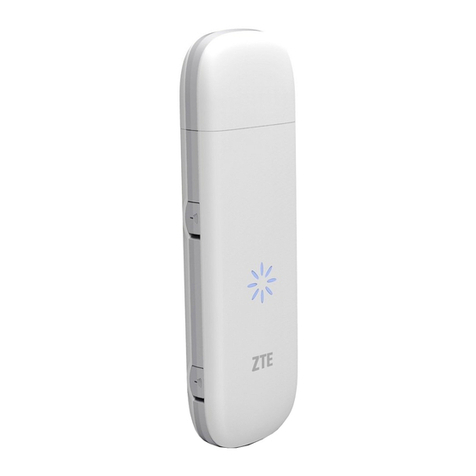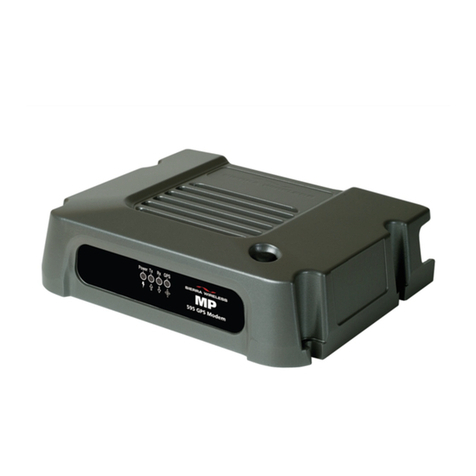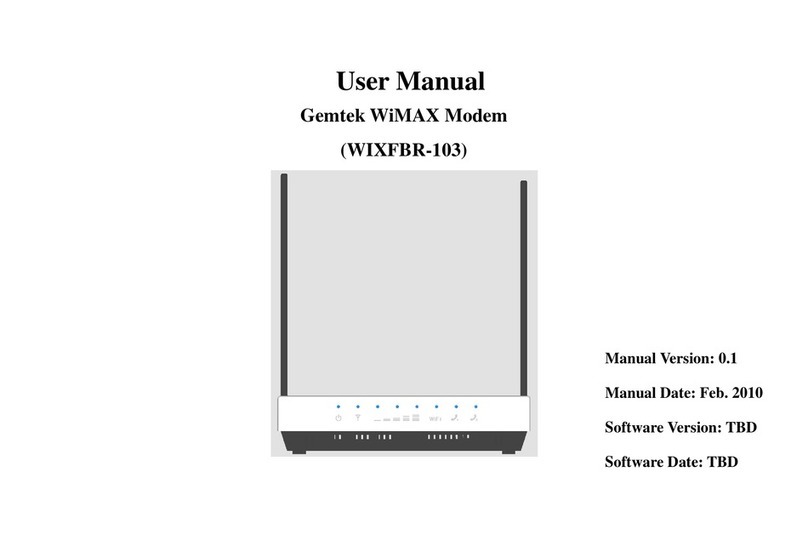
4.3.3.9 Broadcast / Multicast...................................................................................................................................25
4.3.3.10 IP Optimization & Tuning ...........................................................................................................................26
4.3.3.11 Simple Network Time Protocol ...................................................................................................................26
4.3.3.12 Hopper Network...........................................................................................................................................26
4.3.3.13 Security........................................................................................................................................................26
4.3.3.14 Network Statistics........................................................................................................................................27
4.3.3.15 Packet Statistics ...........................................................................................................................................27
4.3.3.16 Event Log.....................................................................................................................................................28
4.3.3.17 RF Test.........................................................................................................................................................28
4.3.3.18 FTP Transfer................................................................................................................................................28
4.3.3.19 RSSI Table...................................................................................................................................................29
4.3.3.20 Manuals & Support......................................................................................................................................29
5. TROUBLESHOOTING & TESTING..........................................................................................................30
5.1 HARDWARE REQUIREMENTS .........................................................................................................................30
5.2 SOFTWARE REQUIREMENTS...........................................................................................................................30
5.2.1 Ping......................................................................................................................................................30
5.2.2 HiPR-900 Web interface......................................................................................................................30
5.2.2.1 RF and IP Information .................................................................................................................................30
5.2.2.2 Status and Statistics......................................................................................................................................30
5.2.2.3 RF Tests.......................................................................................................................................................30
5.2.3 Windows/Unix Tools............................................................................................................................30
5.2.3.1 Network Connectivity..................................................................................................................................30
5.2.3.2 Configuration Information...........................................................................................................................30
5.2.3.3 Statistics Information...................................................................................................................................30
5.2.3.4 DNS .............................................................................................................................................................31
6. SPECIFICATIONS ........................................................................................................................................32
FIGURE 1 - HIPR-900...................................................................................................................................................9
FIGURE 2 - SAMPLE EQUATION...................................................................................................................................14
FIGURE 3 - ANTENNA SPACING...................................................................................................................................15
FIGURE 4 - BASIC SETUP ............................................................................................................................................16
FIGURE 5 - POINT-TO-POINT IP NETWORK SYSTEM...................................................................................................17
FIGURE 6 - POINT-TO-MULTIPOINT SYSTEM...............................................................................................................17
FIGURE 7 - HIPR-900 FRONT PANEL..........................................................................................................................19
FIGURE 8 - ENTER NETWORK PASSWORD SCREEN......................................................................................................22
FIGURE 9 - WEB USER INTERFACE (PRELIMINARY)....................................................................................................22
FIGURE 10 - PARAMETER COMMAND BUTTONS BEHAVIOR ........................................................................................23
FIGURE 11 - STATION RESET CONFIRMATION ............................................................................................................23
TABLE 1 - ACCESSORIES ............................................................................................................................................10
TABLE 2 - ACCEPTABLE ANTENNAE...........................................................................................................................15
TABLE 3 - HIPR-900 LEDS INDICATIONS ...................................................................................................................19
TABLE 4 - UNIT STATUS.............................................................................................................................................24
TABLE 5 - SETUP (GENERAL).....................................................................................................................................24
TABLE 6 - BASIC IP CONFIGURATION ........................................................................................................................24
TABLE 7 - RF SETUP ..................................................................................................................................................24
TABLE 8 - TERMINAL SERVER CONFIGURATION.........................................................................................................25
TABLE 9 - ADVANCED IP CONFIGURATION................................................................................................................25
TABLE 10 - RF NETWORK SETUP...............................................................................................................................25
TABLE 11 - BROADCAST / MULTICAST.......................................................................................................................25
TABLE 12 - IP OPTIMIZATION & TUNING...................................................................................................................26
TABLE 13 - SIMPLE NETWORK TIME PROTOCOL ........................................................................................................26
120 40515-100a HiPR900 User Manual
2
